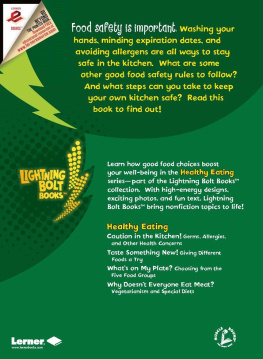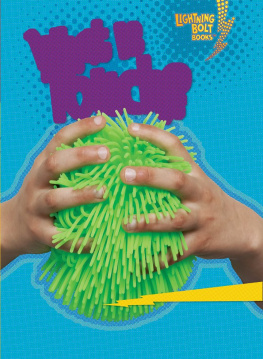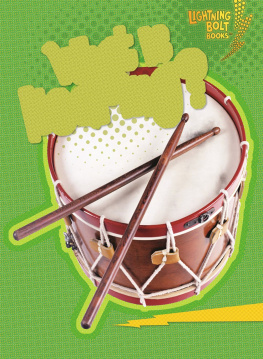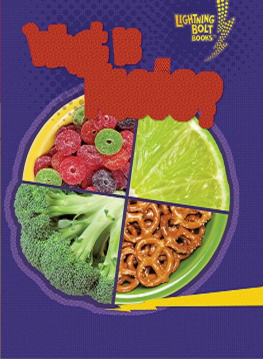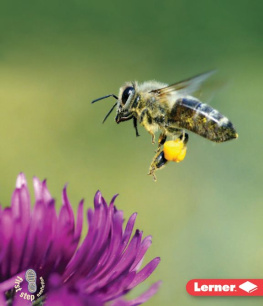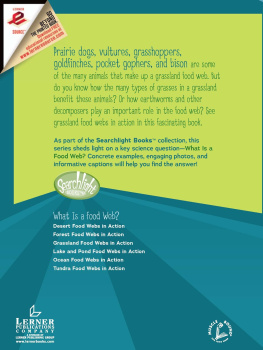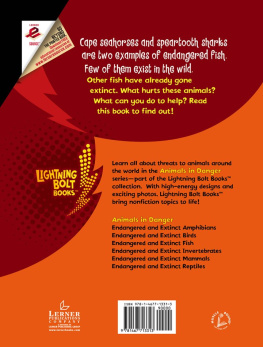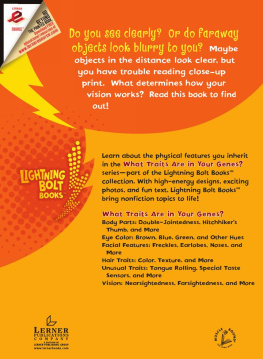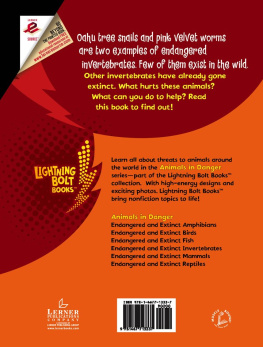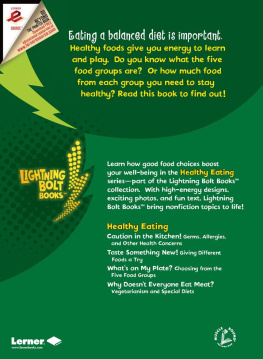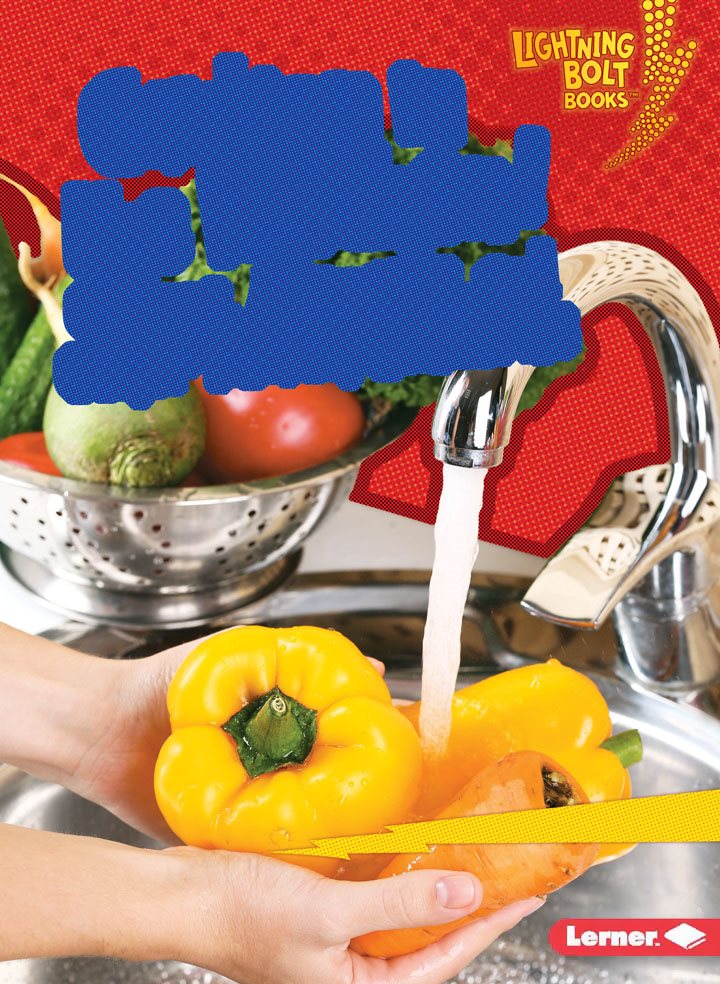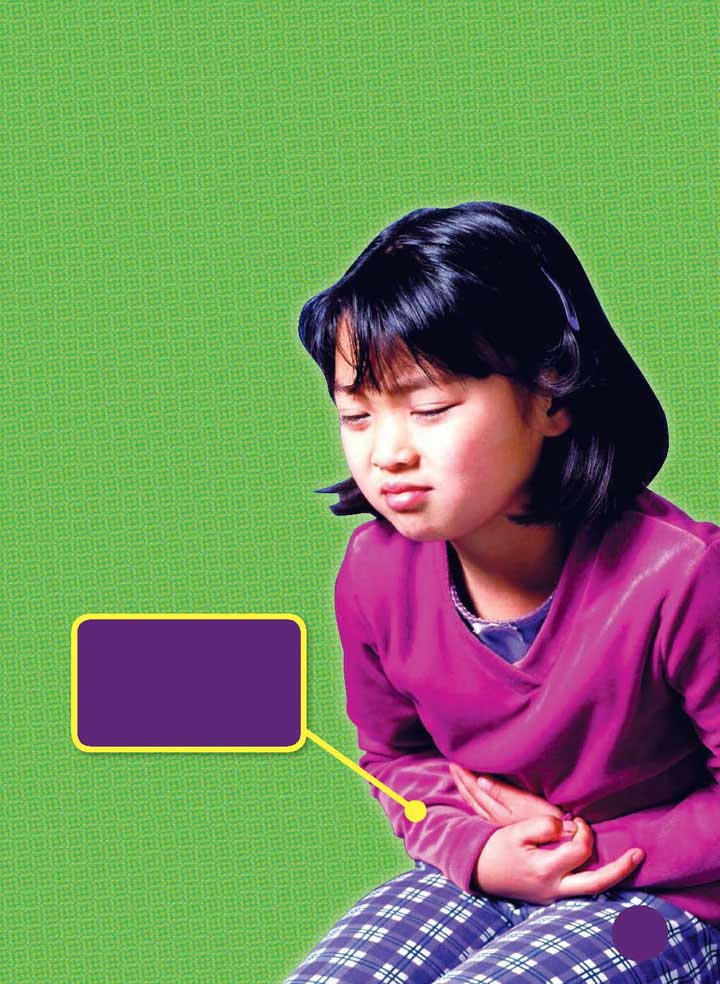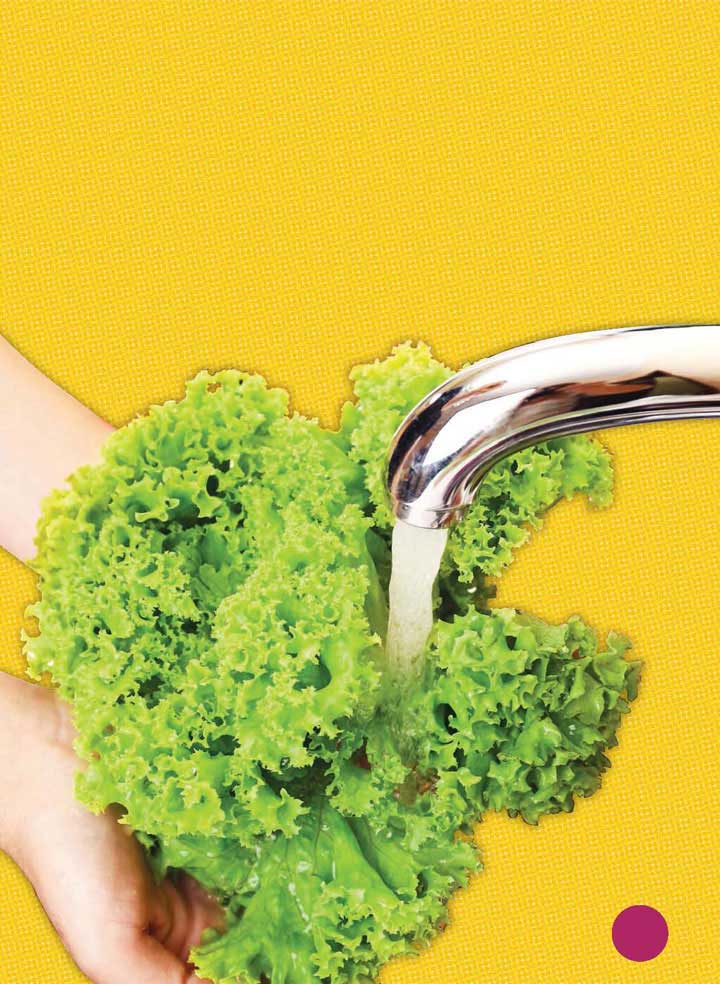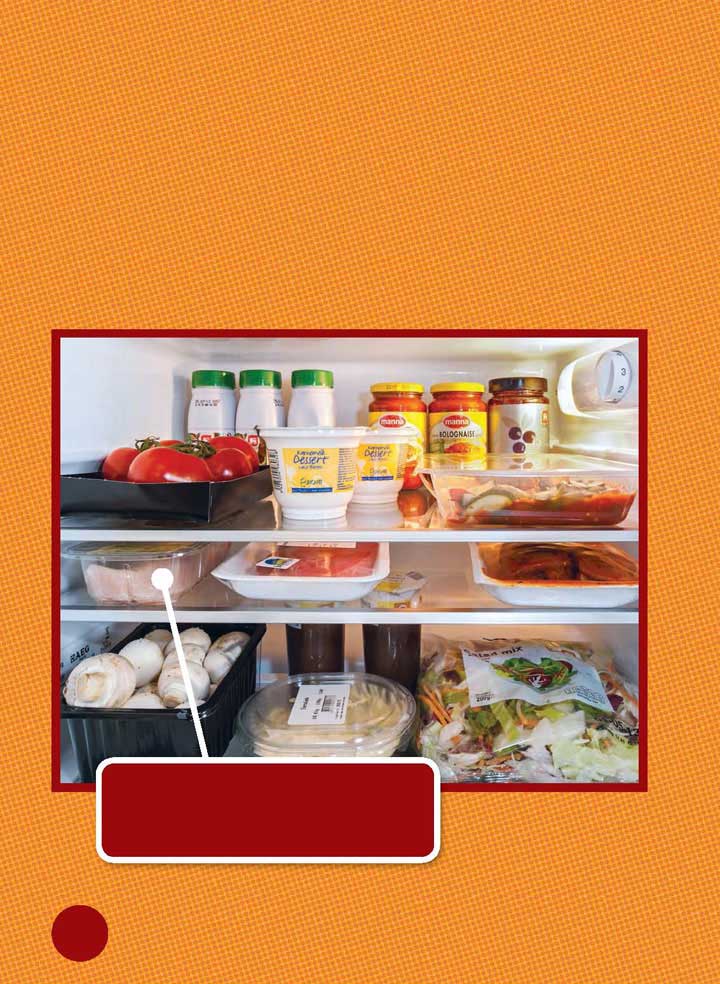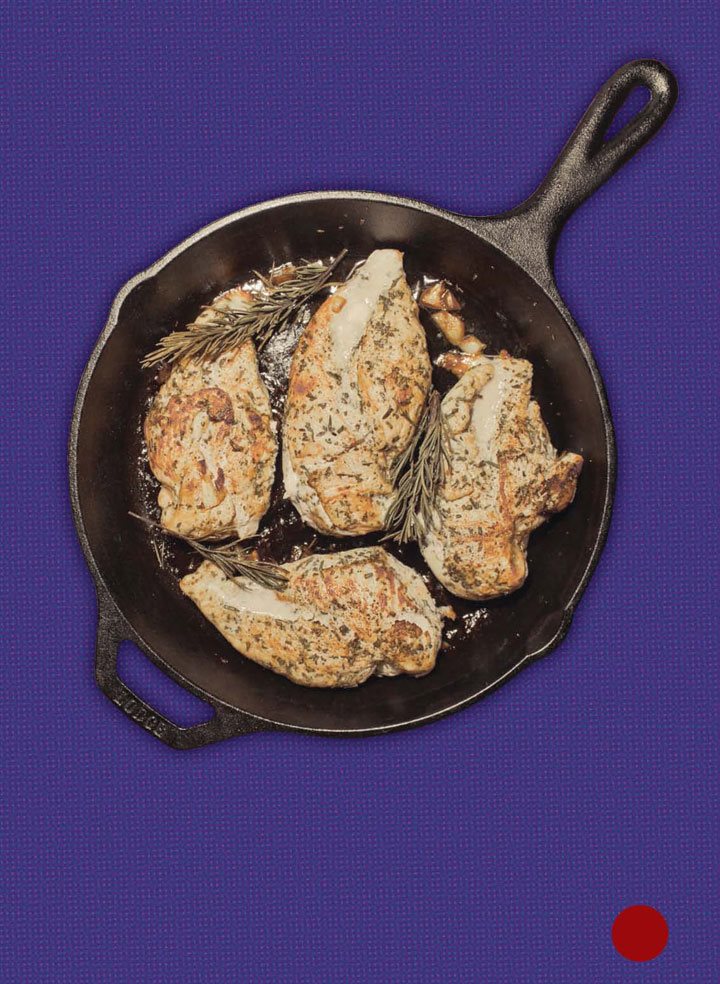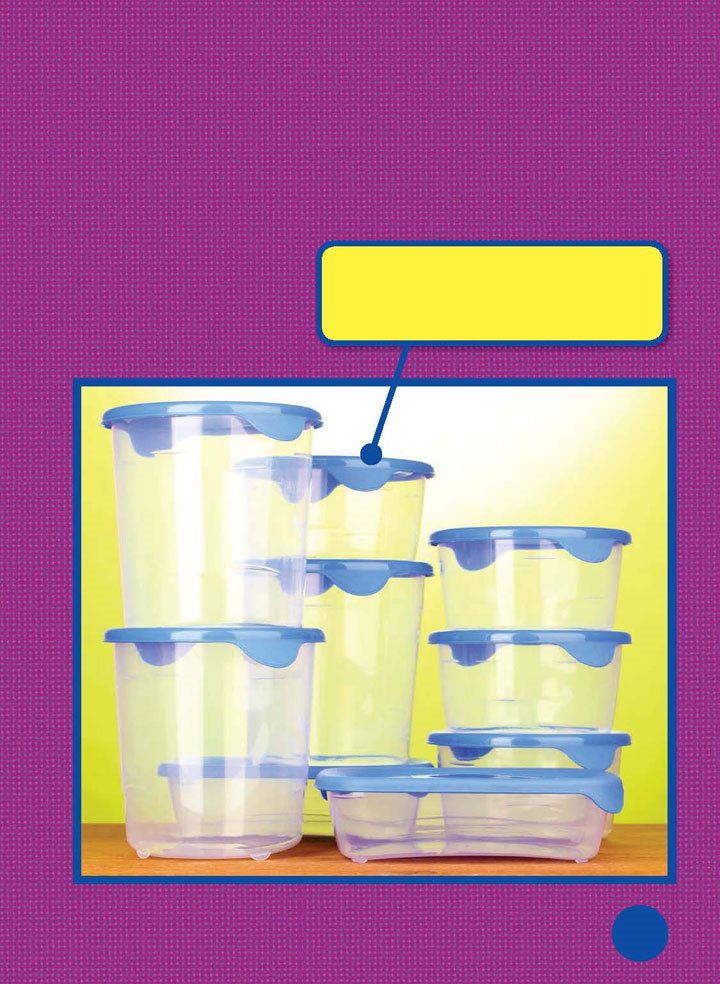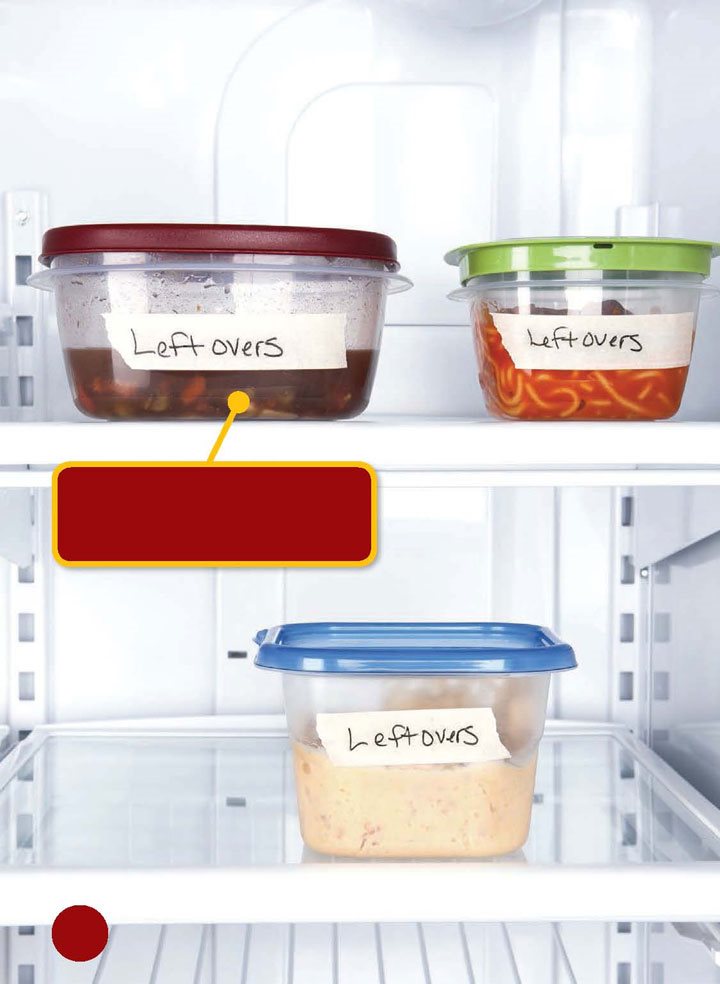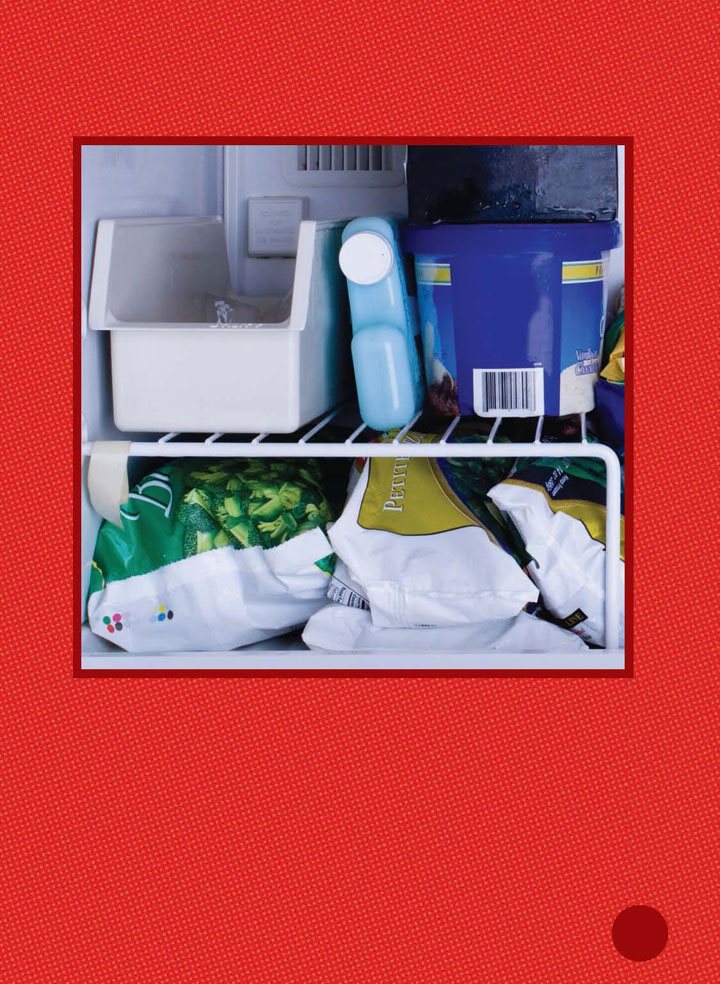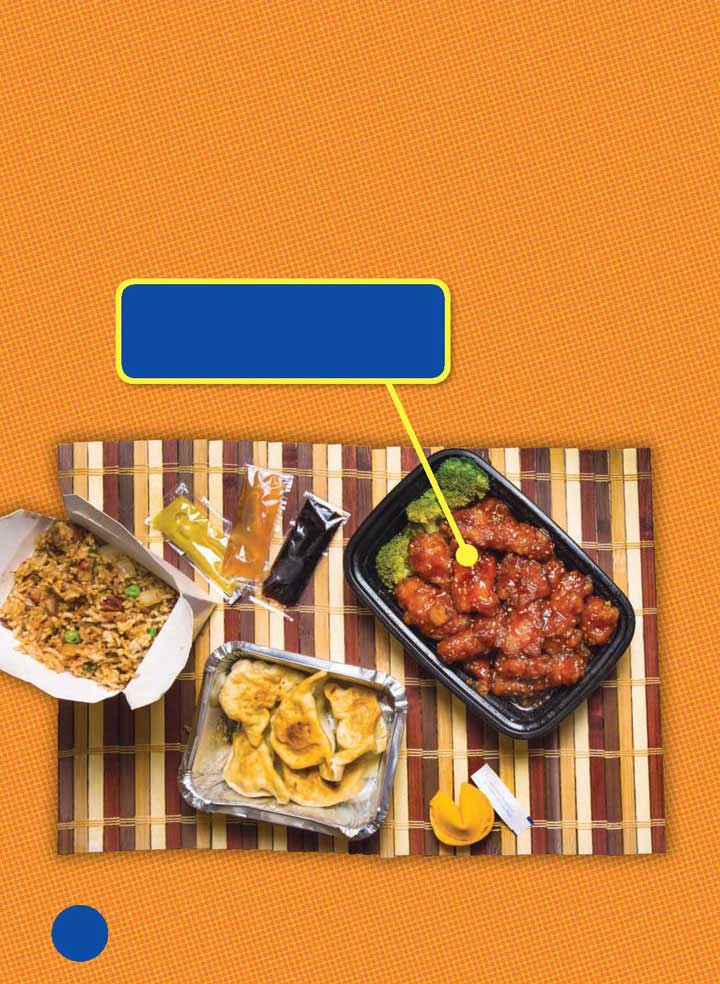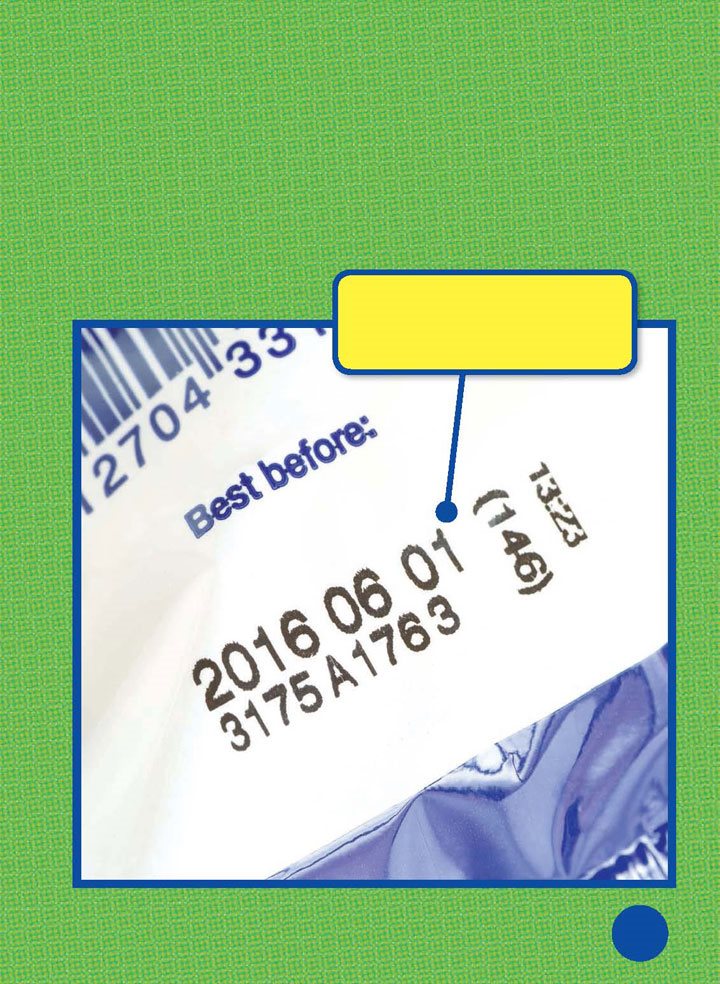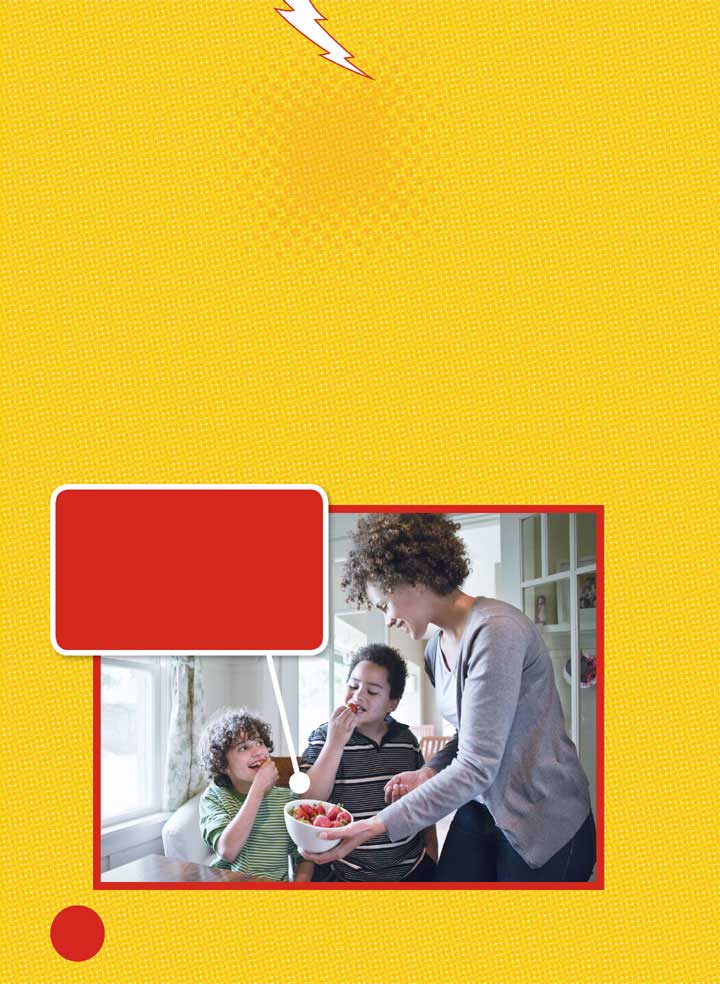Caution
in
the
Kitchen!
Germs,
Allergies,
and
Other
Health
Concerns
Jennifer Boothroyd
For D,
C, and J
Copyright 2016 by Lerner Publishing Group, Inc.
All rights reserved. International copyright secured. No part of this book may be reproduced,
stored in a retrieval system, or transmitted in any form or by any means-electronic, mechanical,
photocopying, recording, or otherwise without the prior written permission of Lerner Publishing
Group, Inc., except for the inclusion of brief quotations in an acknowledged review.
Lerner Publications Company
A division of Lerner Publishing Group, Inc.
241 First Avenue North
Minneapolis, MN 55401 USA
For reading levels and more information, look up this title at www.lernerbooks.com.
Library of Congress Cataloging-in-Publication Data
Boothroyd, Jennifer, 1972 author.
Caution in the kitchen! : germs, allergies, and other health concerns / Jennifer Boothroyd.
pages cm. (Lightning bolt books. Healthy eating)
Audience: Ages 58.
Audience: K to grade 3.
Includes bibliographical references and index.
ISBN 978-1-4677-9473-2 (lb : alk. paper) ISBN 978-1-4677-9669-9 (pb : alk. paper)
ISBN 978-1-4677-9670-5 (eb pdf)
1. Food handlingSafety measuresJuvenile literature. 2. Food handlingJuvenile literature.
3. Food contaminationJuvenile literature. 4. Food allergyJuvenile literature. 5. Safety
educationJuvenile literature. I. Title.
TX537.B66 2016
363.19'2dc23
2015016458
Manufactured in the United States of America
1 BP 12/31/15
Table of Contents
Eating
Carefully
Food keeps us healthy. It
gives us energy and nutrients.
Balanced meals help
you stay healthy.
But sometimes, food can make
us sick. Food can carry germs.
Some germs can
make your
stomach
very upset.
Tell an adult if
you ever feel
ill after eating.
Certain foods can also
cause reactions in some
people. An allergic reaction is
when somebody gets sick from
something that doesnt make
most other people sick. Peanuts
may be fine for you to eat. But
they may give your best friend
a rash. They may even make it
hard for him to breathe.
Its important to make sure
the food you eat is safe.
People can do many things
to make sure their food is
safe to eat. Lets find out
about a few of them!
Making
Food
Safely
Washing your hands with
soap and warm water is a
good way to get rid of germs.
Always wash your hands
before touching any food.
Rinse all fruits and
vegetables in running
water. Its a good idea to
rinse even the ones you peel.
Be very careful with raw meat
and raw eggs. The liquids from
these foods can leave germs
behind. And they splash easily.
Be sure to clean off countertops
after working with these foods.
Ask an adult to help you clean the
counter after working with raw eggs.
You should also wash any
dishes that touch raw meat
or raw eggs.
Wash cutting boards
between each use.
Frozen meat should be
thawed in the refrigerator.
It shouldnt be left out on
a counter to thaw.
The fridge is the safest
place to thaw meat.
Cooking food completely
kills many harmful germs.
Storing Food
Safely
It is important to store food carefully so it doesnt spoil.
Leftover pizza
can make a good
snack if you
store it safely.
Airtight containers keep
food fresh.
Containers like these
can help keep germs out.
Many foods should be stored
in the refrigerator.
Cold temperatures slow
the growth of germs.
Frozen foods should be kept
in the freezer.
Some leftovers spoil very
quickly. Store them in the
refrigerator as soon as possible.
Pork and chicken dishes
tend to spoil quickly.
Many foods have an expiration
date. Foods shouldnt be
eaten after this date.
Check for expiration
dates on packages.
Choosing
Safe Foods
People who have food allergies
need to be extra careful about

